The Monkey Orange (Strychnos spp.) is a tropical fruit found primarily in parts of Africa and Southeast Asia. Known for its hard shell, aromatic pulp, and sweet-tart flavor, Monkey Orange is a cherished fruit in traditional diets and local economies. While it may not be as globally recognized as mangoes or bananas, it holds significant cultural and nutritional value where it’s grown. But which nation leads the world in Monkey Orange production? Let’s explore this fruit’s unique story and pinpoint the country at the top.
What is Monkey Orange?

Monkey Orange refers to several species of the Strychnos genus, producing round, hard-shelled fruits with edible, aromatic pulp. The fruit is generally yellow to orange when ripe and has a thick rind. It thrives in tropical and subtropical climates, often growing wild in woodlands and along riverbanks.
Common Species:
- Strychnos spinosa
- Strychnos cocculoides
- Strychnos madagascariensis
Local Names: Mupundu (Zambia), Mmupudu (South Africa), Oronje (Tanzania)
The Largest Monkey Orange Producer in the World: Zimbabwe
Zimbabwe holds the distinction of being the world’s largest Monkey Orange producer. Although the fruit grows widely across Sub-Saharan Africa, Zimbabwe’s combination of ideal climatic conditions, traditional dietary preferences, and community-based fruit harvesting practices have positioned it as a leader in Monkey Orange production.
Why Zimbabwe Leads in Production
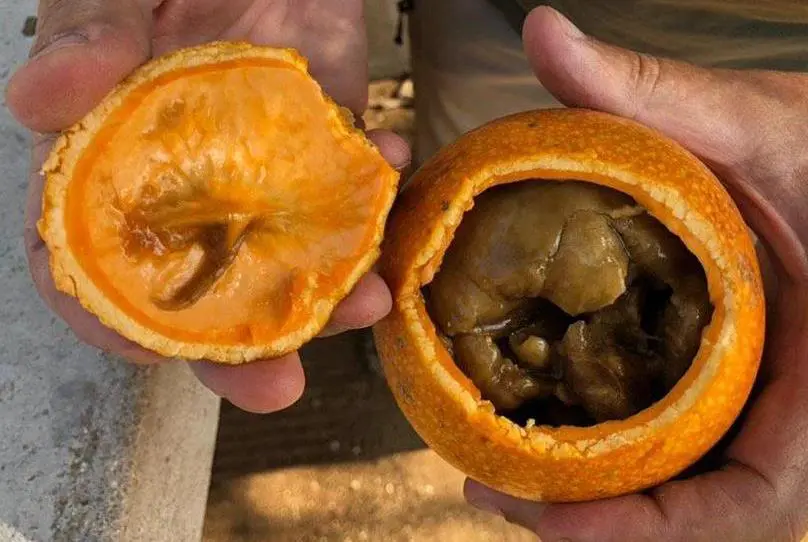
1. Native Habitat:
Monkey Orange trees are indigenous to Zimbabwe and naturally flourish in its savannas, woodlands, and riverine areas.
2. Cultural Importance:
The fruit is integral to rural diets, especially during the dry season when other fruits are scarce.
3. Widespread Wild Growth:
Large tracts of communal lands, national parks, and forested areas allow Monkey Orange to thrive with minimal agricultural input.
4. Emerging Commercial Interest:
In recent years, local entrepreneurs and agricultural cooperatives have begun to recognize the market potential of Monkey Orange for juices, jams, and export-grade products.
Production Statistics
Although formal commercial farming of Monkey Orange remains limited, Zimbabwe harvests approximately 15,000-20,000 metric tons annually, primarily from wild and semi-wild trees. These figures dwarf the smaller yields recorded in neighboring countries.
Major Harvesting Regions:
- Mashonaland Central
- Matabeleland North
- Midlands Province
Other Monkey Orange Growing Countries
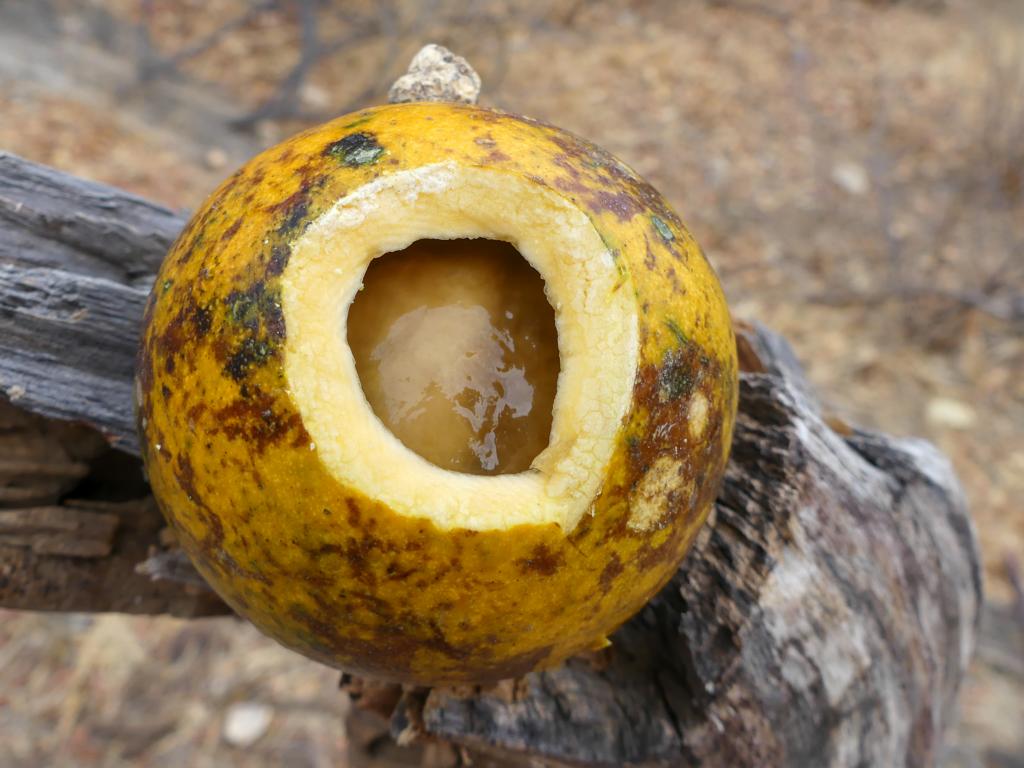
Besides Zimbabwe, other countries with significant Monkey Orange production include:
- Mozambique
- South Africa
- Botswana
- Zambia
- Namibia
- Tanzania
- Malawi
However, their production is typically on a smaller scale and mostly intended for local consumption.
Nutritional and Medicinal Benefits
Monkey Orange is rich in:
- Vitamin C
- Calcium
- Dietary Fiber
- Antioxidants
Health Benefits:
- Boosts immunity
- Aids digestion
- Supports bone health
- Provides energy and hydration during dry seasons
Traditional African medicine also uses various parts of the Monkey Orange tree for treating ailments like malaria, digestive issues, and skin conditions.
Common Uses
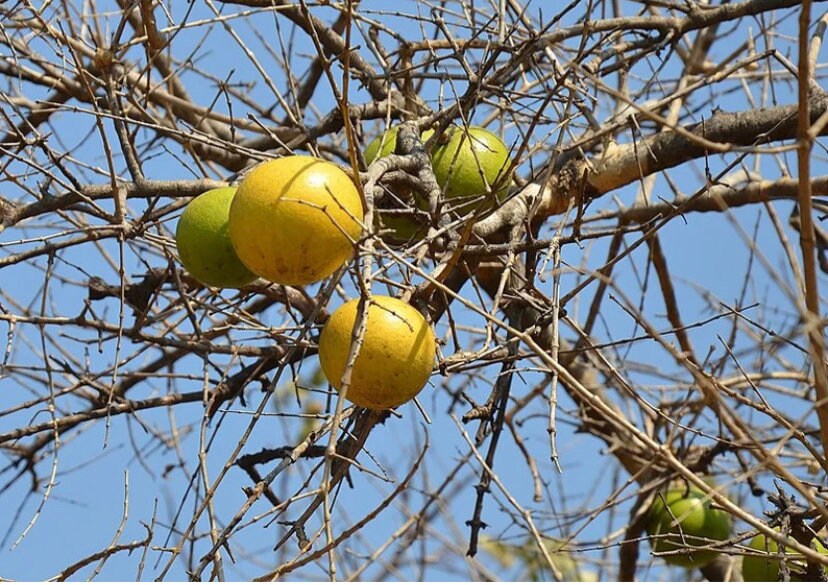
- Eaten fresh: Popular as a natural snack
- Juices and beverages: Mixed with water and sugar
- Jams and preserves: Increasingly common in Zimbabwean markets
- Dried fruit pulp: Stored for off-season consumption
Economic Importance in Zimbabwe
Though still largely harvested from the wild, Monkey Orange is gaining commercial traction:
- Income for Rural Communities: Especially during dry months when agricultural work is limited.
- Local Markets: Sold in towns and roadside stalls.
- Value-Added Products: Small-scale processing into juices, jams, and health foods.
- Eco-Tourism and Agri-Tourism: Monkey Orange tours and fruit festivals are emerging attractions.
Challenges in Production
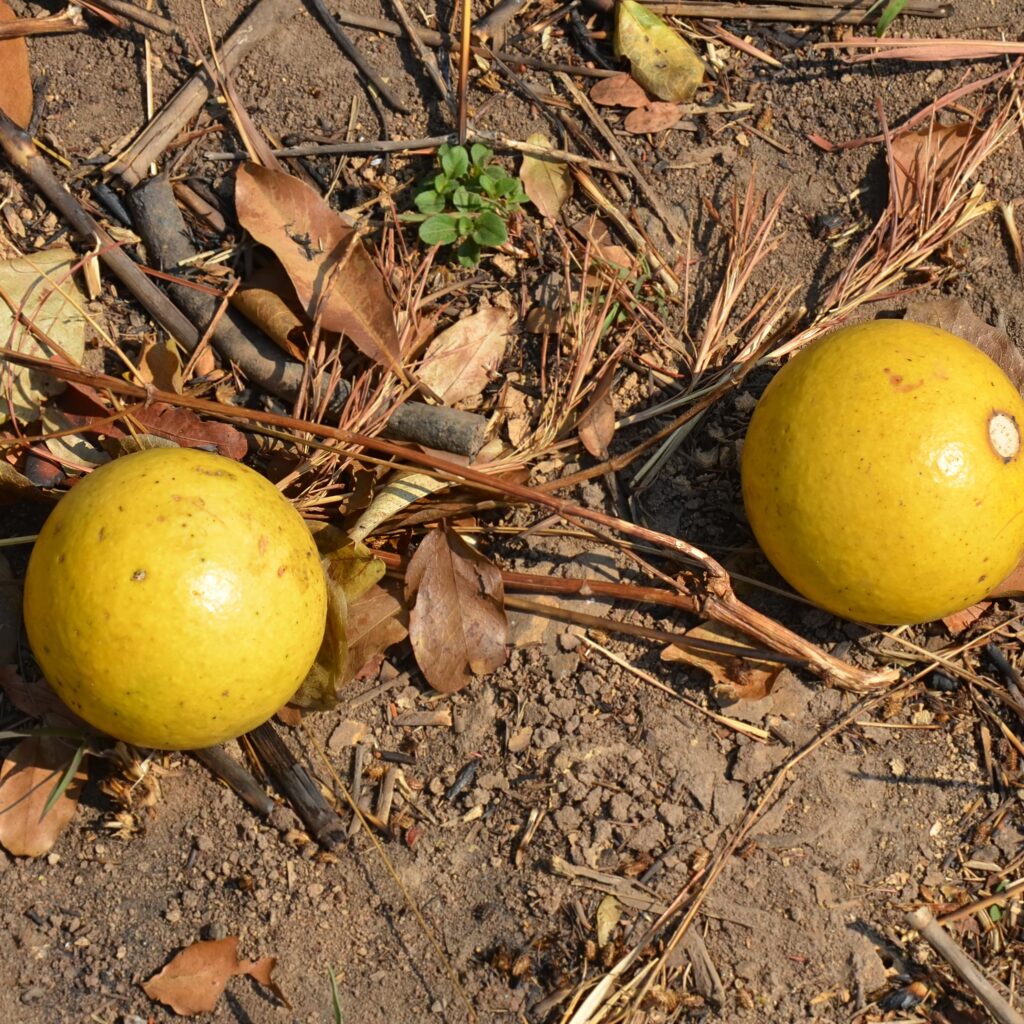
- Limited Cultivation Knowledge: Few farmers cultivate Monkey Orange systematically.
- Post-Harvest Loss: Due to the fruit’s perishability and lack of cold storage facilities.
- Market Development: Absence of structured markets and export pathways.
Research and Innovations
Zimbabwean agricultural institutes and NGOs are working to:
- Develop high-yield varieties
- Improve post-harvest handling
- Educate farmers on cultivation and pest management
- Promote value-added Monkey Orange products for domestic and export markets
Environmental Benefits
- Drought-Resistant: Thrives in semi-arid regions with minimal water.
- Soil Conservation: Helps prevent soil erosion with its deep-root system.
- Wildlife-Friendly: Provides food for animals and birds, supporting local biodiversity.
Future Prospects
With rising awareness of indigenous and underutilized fruits, Monkey Orange is poised for growth:
- Increased Commercial Plantations: Particularly in eco-tourism regions.
- Export Potential: Interest from health-conscious international markets.
- Product Diversification: Juices, jams, dried fruit, and beauty products.
- Sustainable Harvesting Practices: Encouraging eco-friendly collection and conservation.
Conclusion
Zimbabwe stands as the world’s largest Monkey Orange producer, thanks to its favorable climate, cultural traditions, and expanding market interest. While challenges remain, opportunities for increased commercialization, value-added products, and eco-tourism are unlocking new avenues for this indigenous African superfruit. As awareness grows, Monkey Orange’s role in nutrition, rural livelihoods, and sustainable agriculture will likely expand, placing Zimbabwe at the heart of this resurgence.
In a world eager to rediscover native, nutrient-rich foods, Monkey Orange is perfectly poised to become an African treasure on the global stage.




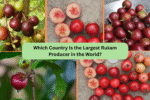
Leave A Comment